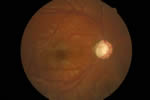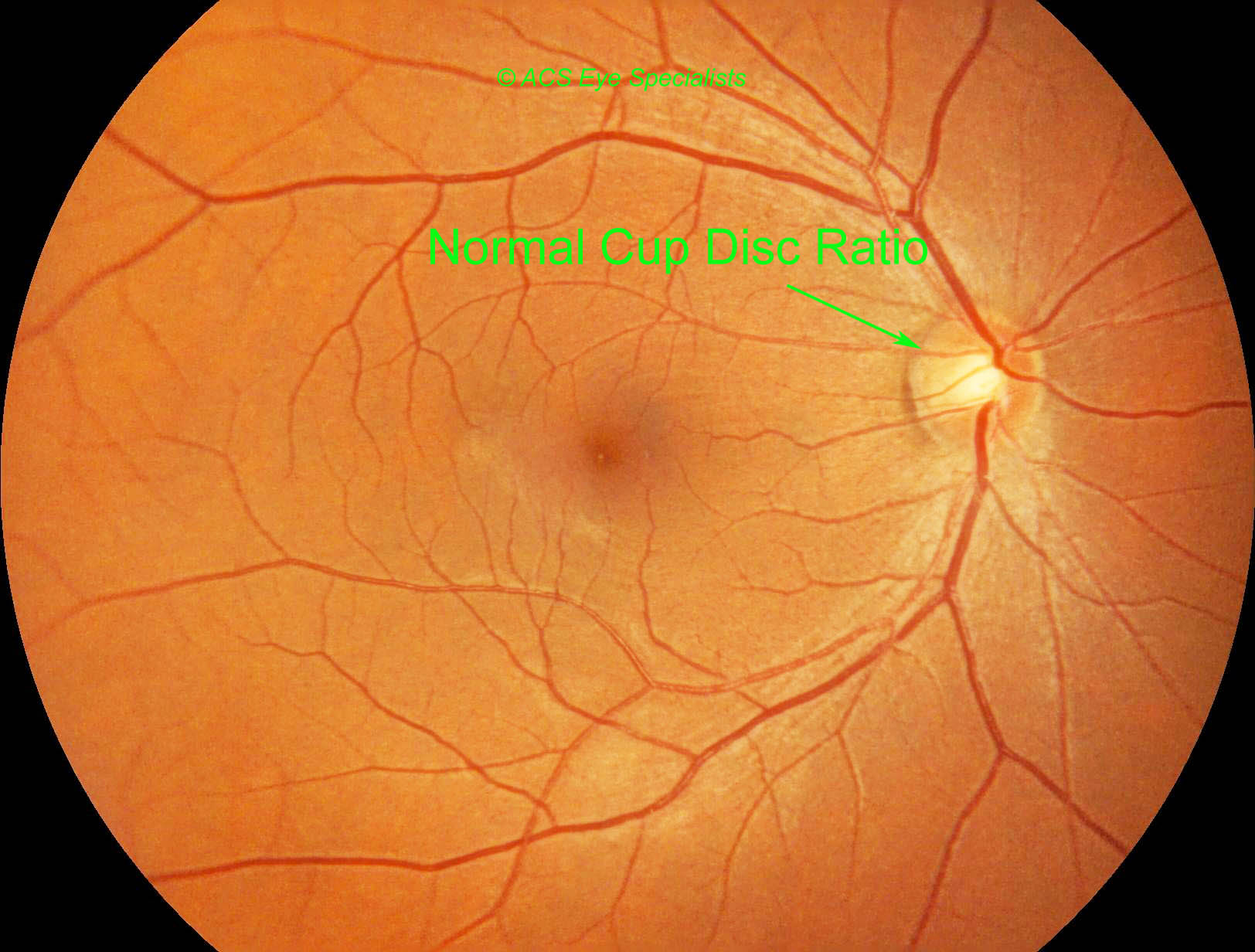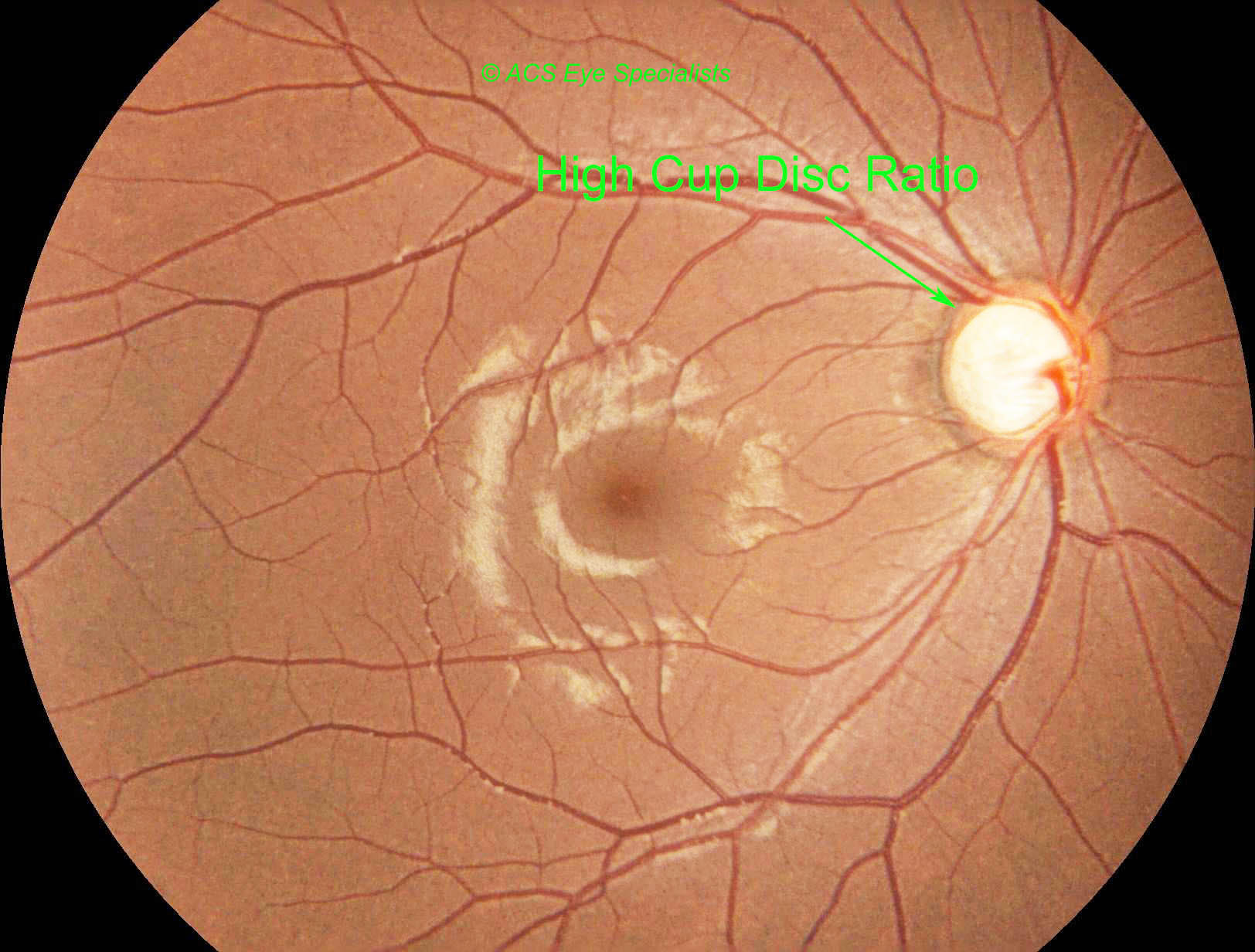
Glaucoma
What is glaucoma?
Glaucoma is the name for a group of eye diseases in which the optic nerve becomes damaged. In the worst scenario the damage can lead to blindness. However this need not happen if glaucoma is detected and treated early.
What causes glaucoma?
Most cases of glaucoma occur because the flow of fluid out of the eye becomes restricted and the pressure within the eye rises. This pressure causes damage to the optic nerve.However, the cause of glaucoma is not completely understood. Some people have high internal eye pressure but do not develop optic nerve damage, while in others the nerve becomes damaged despite normal internal eye pressure.Other factors, such as poor blood supply to the optic nerve or a weakness in the nerve, may also be involved.
How would I know that I have glaucoma?
Most patients with glaucoma are not aware of visual problems at the beginning. Glaucoma often affects the central vision (for reading and recognising people) only when it is in an advanced stage. You will need to be screened for glaucoma by an ophthalmologist to ensure that this condition is detected at an early stage. This enables treatment to be given at an early stage which results in preservation of vision.Does this treatment cure my early visual problems?
Visual loss that has already occurred is unlikely to be restored. That is why early detection of this problem is crucial to prevent irreversible damage to the eye.Does it mean that only when I have lost some of my eyesight will I realise that I have a visual problem?
Yes, that is normally the case if one does not go for regular eye check ups.You mean that the eyesight I have lost cannot be cured or recovered with medication?
Yes the eyesight that has been lost cannot be recovered by medication. Medication to control the eye pressure helps to preserve your remaining visual field.What about herbal remedies or traditional medicine?
There are no known herbal remedies or traditional cures for glaucoma. Seeking these treatments in place of undergoing early medical treatment by an ophthalmologist may cause you to lose your vision due to the delay in receiving proper care.Are there different types of glaucoma?
Open angle glaucoma is the most common form and results when the drainage area (trabecular meshwork) becomes blocked over time, resulting in gradual increase in pressure and worsening of vision.Closed angle glaucoma (also called acute glaucoma) is much less common. It involves a sudden, complete blockage of the drainage passage (trabecular meshwork), and can result in permanent blindness if not treated quickly.Usually one eye gets an acute attack of glaucoma, and becomes red and extremely painful. This may be accompanied by a one sided headache, blurred vision, nausea and vomiting.Immediate treatment is required and this usually requires admission to hospital. Medicine is given to reduce the pressure in the eye, followed by laser treatment or surgery (see Treatment, below). The other eye is usually treated at the same time, because there is a strong chance it will develop the same problem.
There are two other uncommon types of glaucoma: secondary glaucoma, in which the rise in internal eye pressure is the result of another eye condition, and congenital glaucoma due to a physical abnormality of the eye present at birth.
What are the investigations that can be performed to assist in the diagnosis glaucoma?
Automated visual field perimetry can be used to map out whether the patient has had any visual field loss.
Optical coherence tomography (OCT) is a commonly used imaging technology in the evaluation of glaucomatous structural damage. The ability to detect structural loss is fundamental in the diagnosis and management of glaucoma. While glaucomatous structural damage can be assessed subjectively by clinically examining the optic nerve head (ONH) and peripapillary retinal nerve fibre layer (RNFL), the introduction of ocular imaging modalities into clinical management has allowed for objective and quantitative evaluation of ocular structure. Comparisons of a series of OCT scans over a period of time will tell the ophthalmologist whether the glaucoma medication prescribed has been sufficient to prevent further damage.
What are the different treatment options for glaucoma?
Treatment for glaucoma aims to lower the internal pressure of the eye and prevent any loss of vision, or any further deterioration in vision. Options include medicine given as eye drops, laser treatment and surgery. Each has advantages and disadvantages and the choice of the glaucoma management regime best suited to an individual patient should be made as a collaborative decision involving the patient and the ophthalmologist. Treatment cannot reverse any existing optic nerve damage, so it won’t improve sight if that has already deteriorated.Medicine
Eye drops usually form the first stage of treatment for glaucoma. There are now a wide variety of eye drops which work in a number of different ways.It is important that any prescribed eye drops are used every day as advised by your doctor, or the pressure in the eye will rise again. There are combination eye drops available that might be more convenient for those who need to use two different medicines. All the eye drops can cause some irritation to the eyes.Side-effects of some medicine may include taste disturbance, darkening of the iris, thickening and lengthening of eye lashes, headaches and blurred vision.Laser treatment
Lasers are used to treat both open and closed angle glaucomas with different lasers and different techniques used according to need. A laser can be used to open the holes in the trabecular meshwork. The procedure is usually quick and causes little discomfort. No general anaesthetic is required and there is no need for an overnight stay in hospital. The success of this type of treatment varies from person to person, and it may be necessary to continue using eye drops after laser treatment, though often at a lower dose.How long does the laser take?
The laser treatment for glaucoma takes about half an hour.Do I need to lie down for the laser procedure?
No, one does not need to lie down.Surgery (trabeculectomy)
There are also a variety of types of surgery for glaucoma depending on the individual needs of the patient.The effectiveness of newer medications for glaucoma has recently reduced the amount of traditional surgery for glaucoma. However, surgery is an option when medicines and/or laser treatment have failed to adequately lower pressure in the eye.
The operation is straightforward and involves creating a tiny opening in the eye wall, which allows fluid to escape into the loose tissue under the conjunctiva (the clear membrane that covers the white of the eye). From there it is absorbed back into the bloodstream. The operation often makes further treatment with eye drops or tablets unnecessary, but about one in five people need to keep using them.
Treatment for glaucoma is effective and in the vast majority of cases useful sight can be retained for life providing the treatments are used properly and the agreed management regimen followed.



